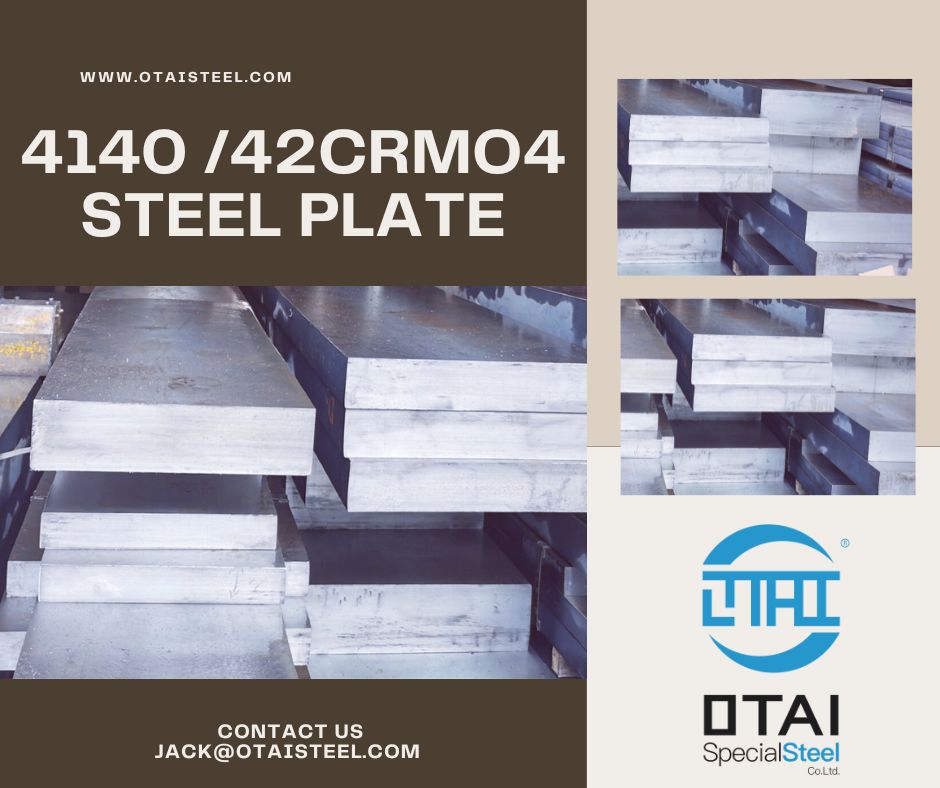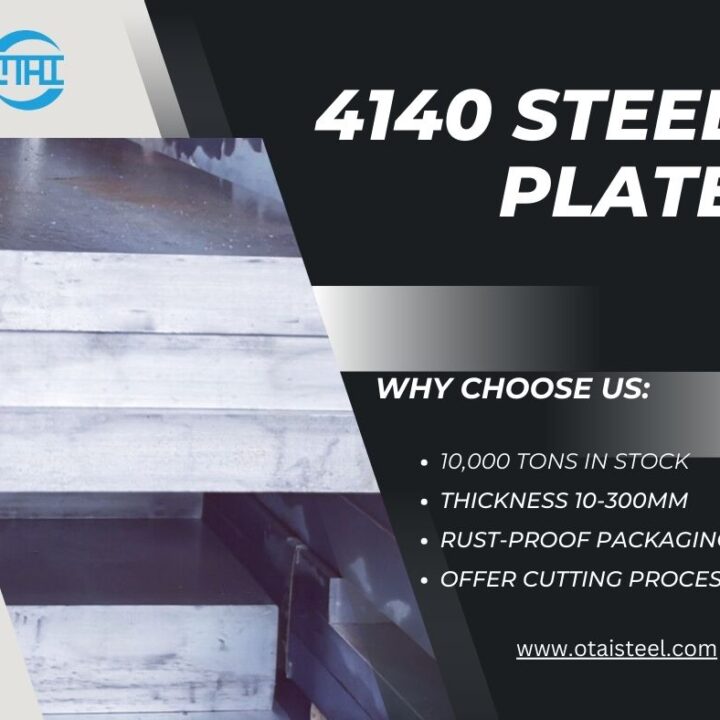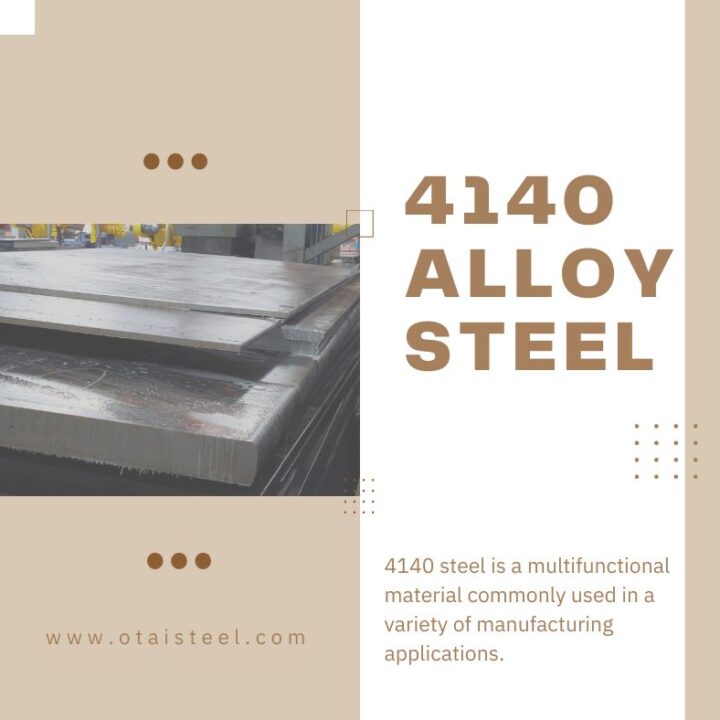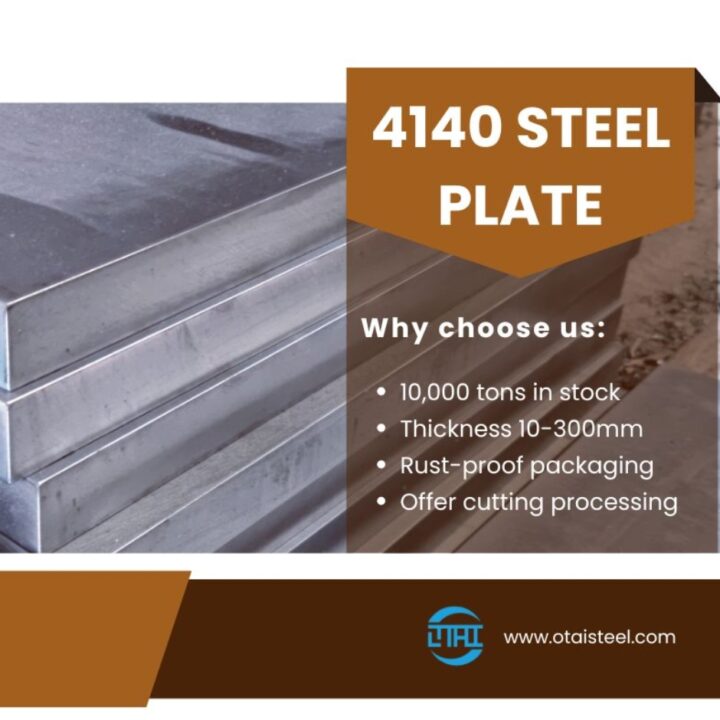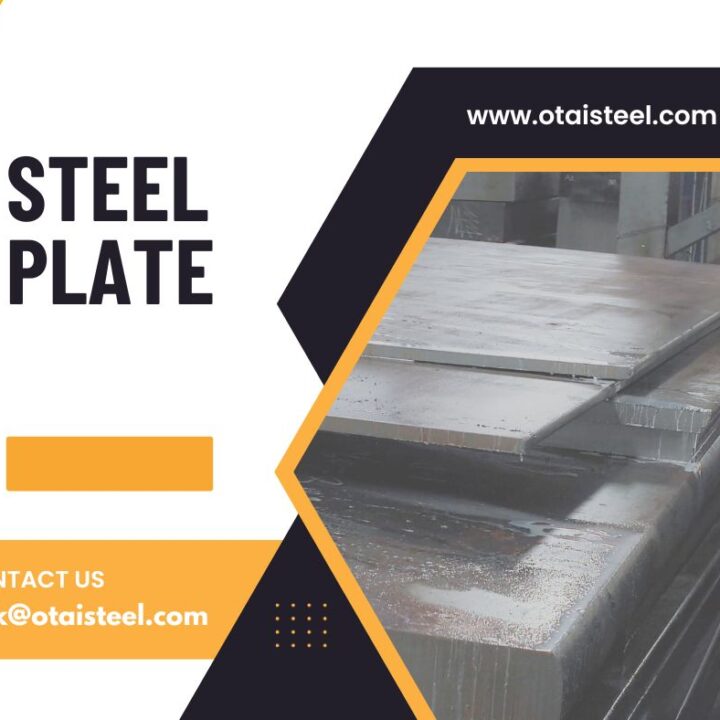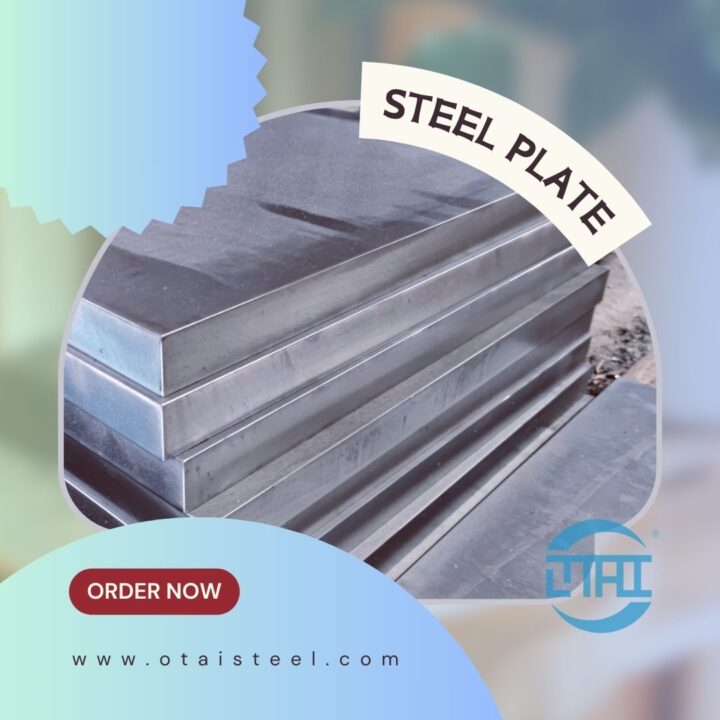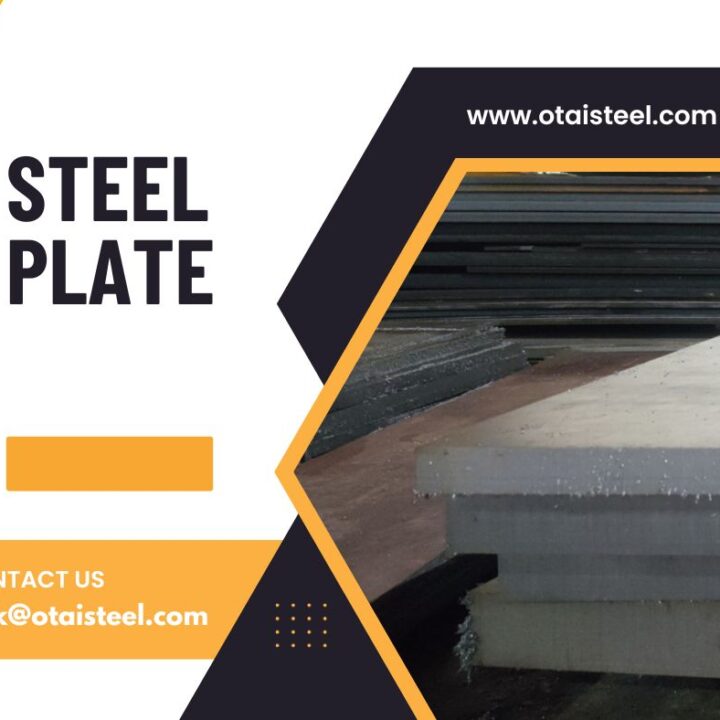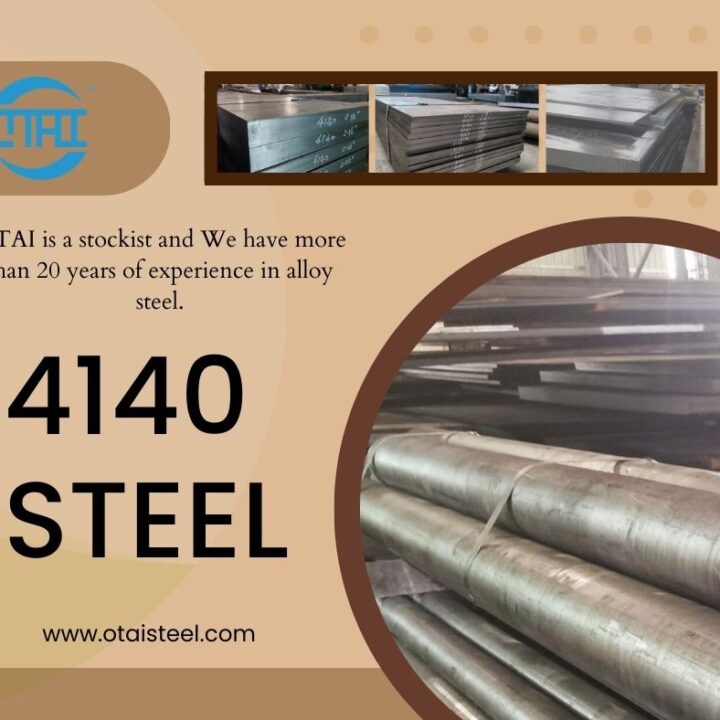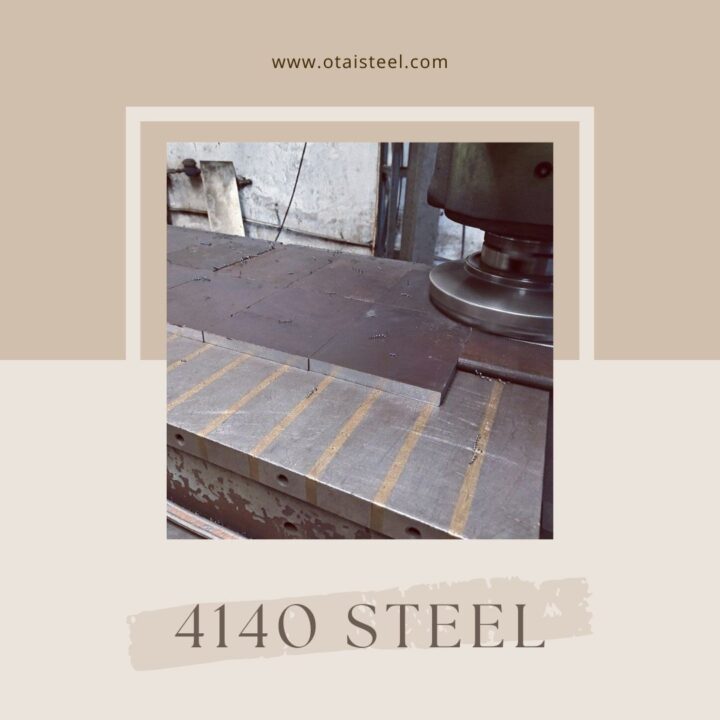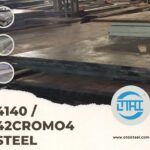4140 vs 1018 Steel: Choosing Between Two Great Metals
Are you looking for the best steel grade for your next project? There are certainly loads of them to choose from. Cruise the website of any online metal supermarket or leaf through the pages of Machinery’s Handbook, however, and you might leave more confused than when you started. Not to worry. We’ve identified two of the more common and popular steel grades—4140 and 1018—both boast many desirable properties. Here’s everything you need to know about each.
1018 Steel: The Lowdown on Low Carbon
A type of mild steel, 1018 is a go-to material for a range of everyday applications. Common uses include:
- mounting plates and brackets
- pump parts and motor shafts
- tie rods
- mounting plates
- pins
- bushings, and more
- Like all low-carbon steels (meaning those with less than 0.30%), 1018 is readily machined and welded, and because it is relatively soft, it can also be swaged, crimped, and bent.
It’s also among the least expensive of all steels, although this is rarely a deciding factor until automotive-like part production volumes are required. Perhaps the biggest difference between it and 4140 is its hardenability—where the latter can be heat-treated to 58 HRC or higher, 1018 is limited to case hardening—a.k.a. carburizing—a process that leaves low carbon steel parts with a rugged exterior and relatively soft core. (4140 vs 1018 Steel)
Fun Facts About 4140 Steel
It’s 4140’s higher carbon content that makes this possible. See those last two digits? That’s the carbon amount, which in the case of 4140 is 0.40%. 1018 steel, on the other hand, contains 0.18% carbon. It doesn’t look like much, but it makes a huge difference to metallurgists. Take a look at the chart below. Aside from carbon content, it might seem that 4140 and 1018 are largely the same.
